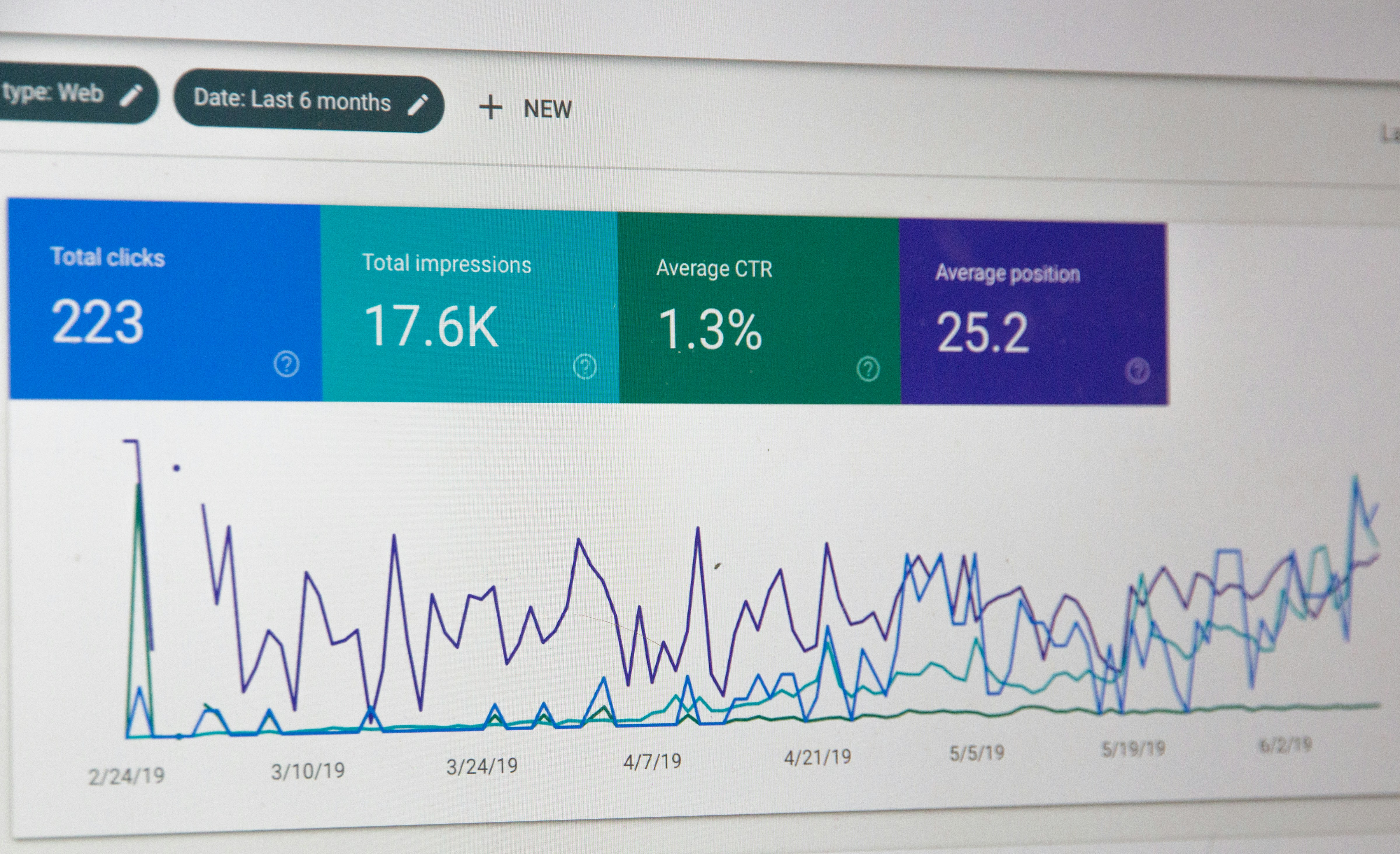BLOCKCHAIN
|
5 min read
|
Jan 28, 2025
How Tokenomics Influences Web3 Marketing Strategies and User Engagement
Learn how tokenomics plays a crucial role in Web3 marketing and user engagement. Discover strategies to align incentives, governance, and utility with your marketing plan.
Quick links
Introduction
Web3 marketing is not just about flashy ads or hype-filled campaigns.
Projects now live or die based on the strength of their tokenomics—the design of their tokens and incentives. Many founders struggle to align tokenomics with marketing, leaving users disengaged or skeptical.
Imagine launching a project with a good product but watching it fail because the token model doesn't appeal to users. Sound familiar? This is where understanding tokenomics becomes critical to your marketing success.
Why Tokenomics Impacts User Engagement
In Web3, users don’t just buy products—they become stakeholders.
Tokenomics incentivizes this relationship by offering:
Rewards: For staking, holding, or participating in governance.
Access: Exclusive features, events, or NFTs tied to token ownership.
Equity: A stake in the project’s growth, which directly impacts user behavior.
When tokenomics is well-designed, it creates a win-win for both users and the project, encouraging organic marketing through word of mouth and community involvement. Poorly designed tokenomics, however, can lead to disengagement and even project failure
Key Components of Tokenomics That Impact Marketing
To align tokenomics with marketing strategies, you need to master its core elements. Let’s break them down:
A. Token Supply and Distribution
Why It Matters: A project’s token supply directly affects its perceived scarcity and value. An oversupplied token might seem less valuable, discouraging user investment.
Marketing Implications:
Limited Supply Tokens: Create FOMO (fear of missing out) campaigns to highlight scarcity.
Broad Distribution: Appeal to a wider audience by distributing tokens through airdrops or community rewards.
B. Incentive Mechanisms
Why It Matters: Incentives drive user behavior. Whether it’s staking rewards or yield farming, they keep users engaged and invested.
Marketing Implications:
Promote staking rewards through targeted email campaigns.
Use social proof: showcase users earning rewards to attract more participants.
C. Governance Models
Why It Matters: Governance tokens empower users to vote on project decisions, fostering a sense of ownership.
Marketing Implications:
Highlight user involvement: “Have a say in the future of our project!”
Run governance campaigns: Encourage token holders to participate in decision-making and share their experiences.
Practical Steps to Align Tokenomics with Marketing
Here’s how you can bridge the gap between tokenomics and marketing strategies:
Educate Your Audience
Most users don’t fully understand tokenomics. Simplify the concepts and show how they’ll benefit.
Content Strategy:
Create explainer videos breaking down how your token works.
Publish infographics comparing your tokenomics to competitors.
Leverage Airdrops and Rewards
Free tokens attract users but can also overwhelm them. Use airdrops strategically:
Targeted Airdrops: Reward early adopters or loyal community members.
Call to Action: "Hold our tokens for access to exclusive perks."
Build Long-Term Utility
Tokens without real utility lose value quickly. Think beyond speculation:
Offer exclusive memberships, in-game benefits, or real-world perks.
Example: Use tokens for metaverse events or digital collectables.
Monitor and Adjust Regularly
Tokenomics isn’t “set it and forget it.” Use analytics tools like Dune Analytics to track user behavior and tweak your strategy accordingly.

Common Mistakes in Tokenomics and Marketing
Overcomplicating the Model: If users can’t understand your tokenomics, they won’t engage. Keep it simple and transparent.
Ignoring Community Feedback: Your tokenomics might look great on paper but fail in practice. Regularly seek user input.
Focusing Only on Speculation: Projects that rely solely on price growth often fizzle out. Build long-term utility instead.
Conclusion
Tokenomics is the backbone of Web3 marketing. A well-designed token system attracts users, builds trust, and ensures long-term engagement. By aligning your tokenomics with clear marketing strategies, you can create a thriving project that users genuinely love.
Want to take your project’s tokenomics and marketing to the next level? At Metro Labs, we craft strategies that align with your unique goals.
Join Our Newsletter
Subscribe to our newsletter and get exclusive insights directly to your inbox
You’ll receive up to 4 emails per month. No spam, we hate it too.
Related Articles
BLOCKCHAIN
How Regular NFT Audits Strengthen Marketing
Feb 27, 2025
WEB3 MARKETING
Boosting Defi Project Integrity and Engagement in Web3
Feb 24, 2025
WEB3 MARKETING
Building a Holistic Web3 Marketing Funnel: Strategies to Drive Conversions
Feb 19, 2025
WEB3 MARKETING
Effective SocialFi Marketing Strategies
Feb 12, 2025
WEB3 MARKETING
The Ultimate Guide to Decentralized CPC Advertising in Web3
Feb 6, 2025
WEB3 MARKETING
4 Big Mistakes Web3 Projects Make in Influencer Marketing And How to Avoid Them
Feb 3, 2025
WEB3 MARKETING
Inbound vs. Outbound Marketing in Web3: Which Strategy Drives Real Growth?
Jan 31, 2025
WEB3 MARKETING
The Future of Email Marketing in Web3: Privacy, Ownership & User-Centric Strategies
Jan 30, 2025
BLOCKCHAIN
How Tokenomics Influences Web3 Marketing Strategies and User Engagement
Jan 28, 2025
WEB3 MARKETING
How to Create a Successful NFT Marketing Campaign in 2025
Jan 27, 2025










